The Art of Saree Draping by The Nesavu

Understanding Pinkosu
The saree is an elegant and traditional piece of clothing, widely worn across India, each with its unique draping style. One such style is Pinkosu, originating from Tamil Nadu.
Pinkosu literally translates to "pleats at the back," and is a style that was widely used by the women of Tamil Nadu, particularly those involved in manual labor like farming and cattle-rearing. The saree is wrapped around the waist one and a half times, providing ample coverage and is ideal for hot weather as it can be worn without a petticoat.
Unlike the traditional Nivi style, in Pinkosu, the pleats fall towards the outside of the wrap, providing more mobility to the wearer. This style is particularly useful for activities that require physical mobility, like planting rice saplings or harvesting, as it eliminates the disturbance that pleats in the front might cause.
For this style, handloom cotton sarees are preferred as they are reversible, allowing them to be worn from both sides. When choosing a saree for Pinkosu, one must be mindful of the bottom of the saree being visible, and therefore choose the right material, color, and design.
In conclusion, Pinkosu is a beautiful and traditional saree draping style, originating from Tamil Nadu and still practiced in many parts of the southern region. It is ideal for hot weather and provides greater mobility, making it perfect for women engaged in manual labor.
Madisaru
The Madisar is a traditional saree-draping style that is an inherent part of the culture of Iyengars and Iyers of Tamil Nadu. This style was historically worn by women after marriage, but it is now worn for all significant events. The Madisar is draped using the Kanjivaram silk or cotton saree, which is a nine-yard long saree.
The Madisar style of draping is one of the most challenging to achieve and does not require a petticoat or blouse if tied correctly. This style follows the Ardha-nareeshwara concept, which means half woman and half man. The lower half of the saree is draped like a dhoti, while the upper half is pleated like a traditional saree. The Pallu, a piece of fabric that is draped over the shoulder, is worn over the right shoulder by Iyers and over the left shoulder by Iyengars.
This traditional draping style is considered significant in the Iyer and Iyengar culture of Tamil Nadu and is worn for traditional functions and festivities. The Madisar style does not require the use of a petticoat, as the proper knots ensure that the saree stays in place.
Pavadai Dhavani
Pavadai Dhavani is a popular traditional dress worn by young girls in South India. This half saree acts as a transition from childhood attire to the more intricate saree draping worn by adult women. The pavadai (skirt) and dhavani (upper part) are usually brightly colored and contrasting, adding a pop of color to the attire. At first glance, the half saree may appear similar to the southern styles of saree draping as the fabric is tucked into the front of the skirt, wrapped around the waist, and draped over the opposite shoulder. Wearing pavadai dhavani is a significant step in the cultural tradition of South India and signifies a young girl's transition into adulthood.


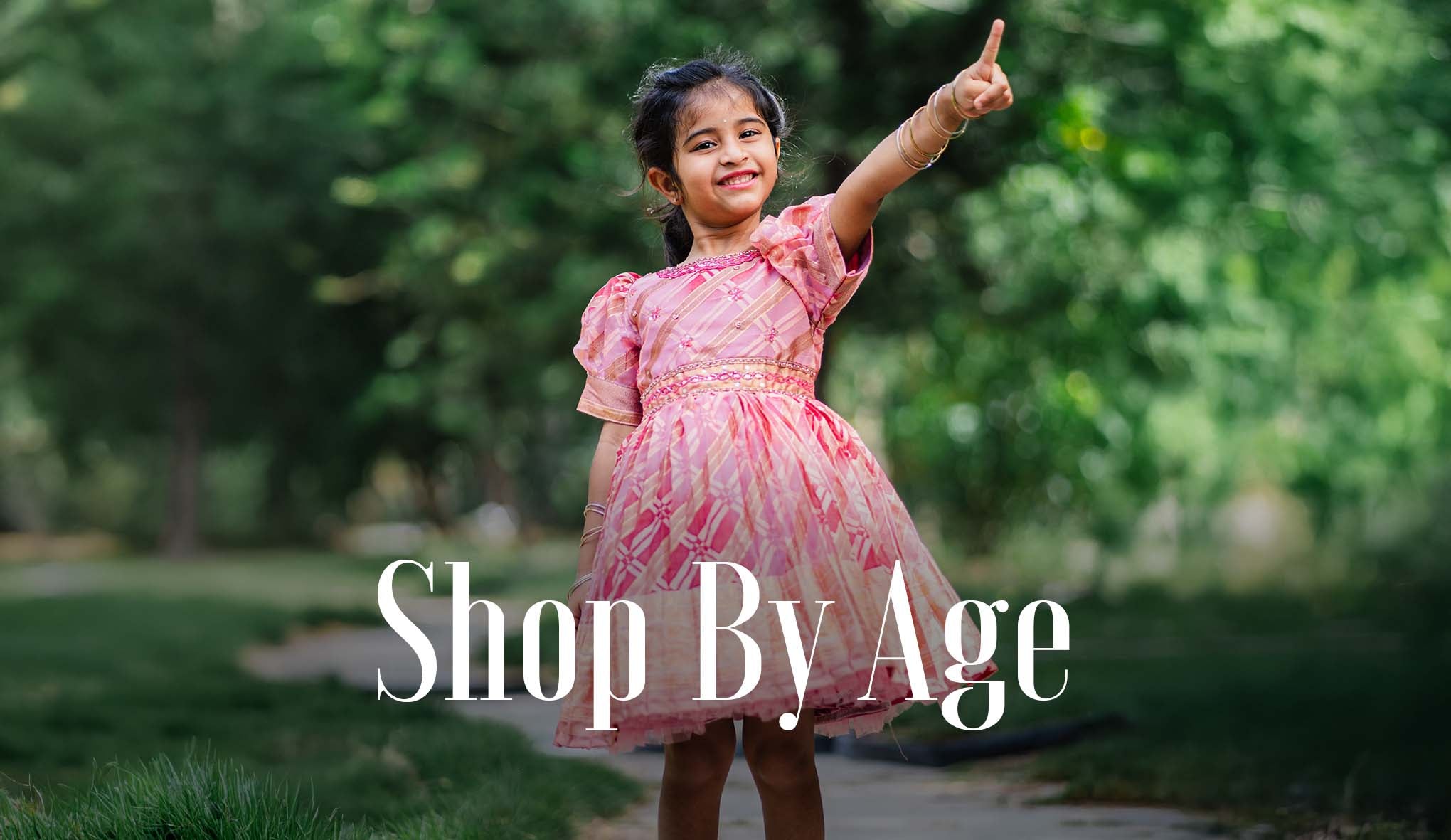
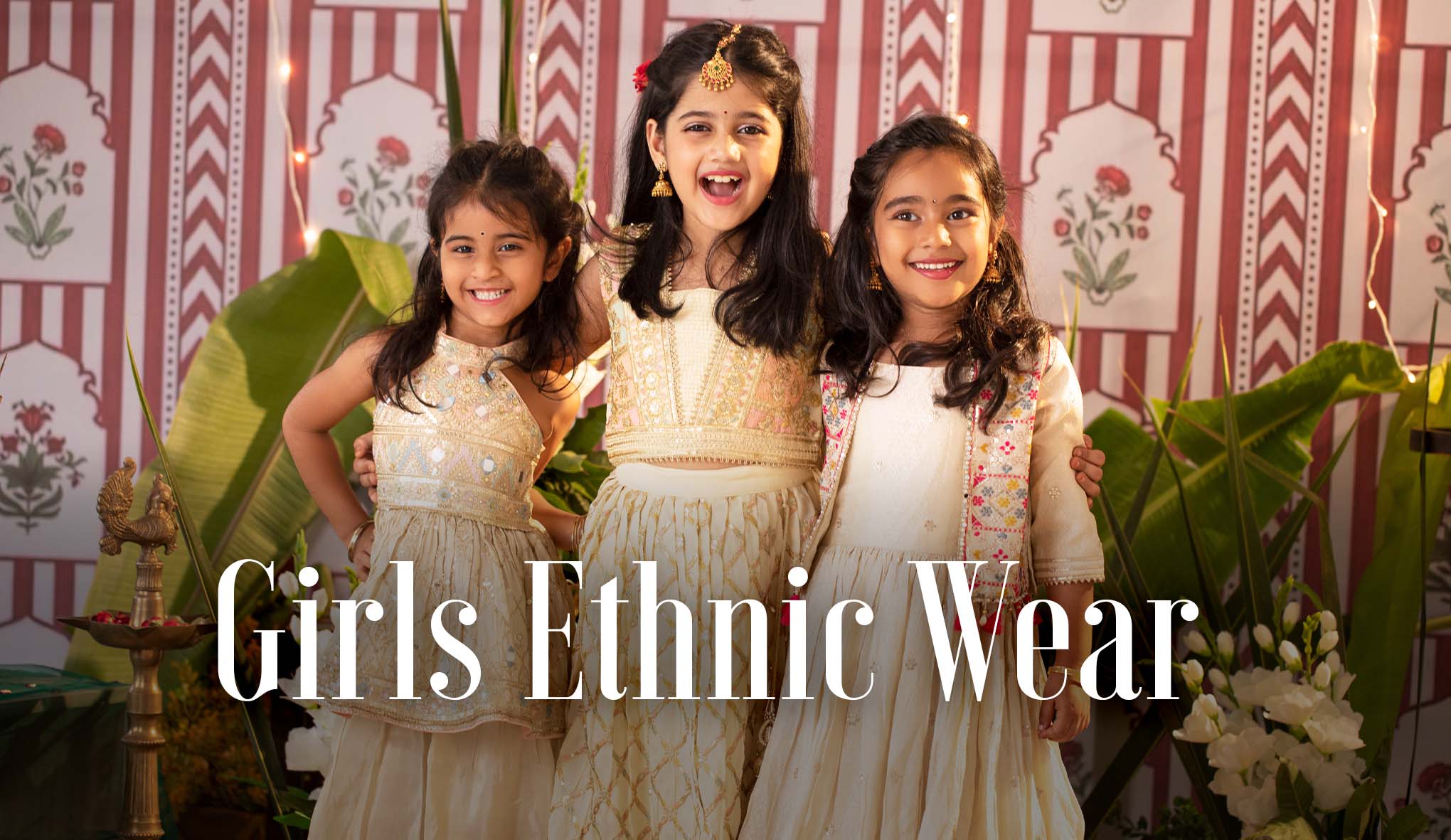
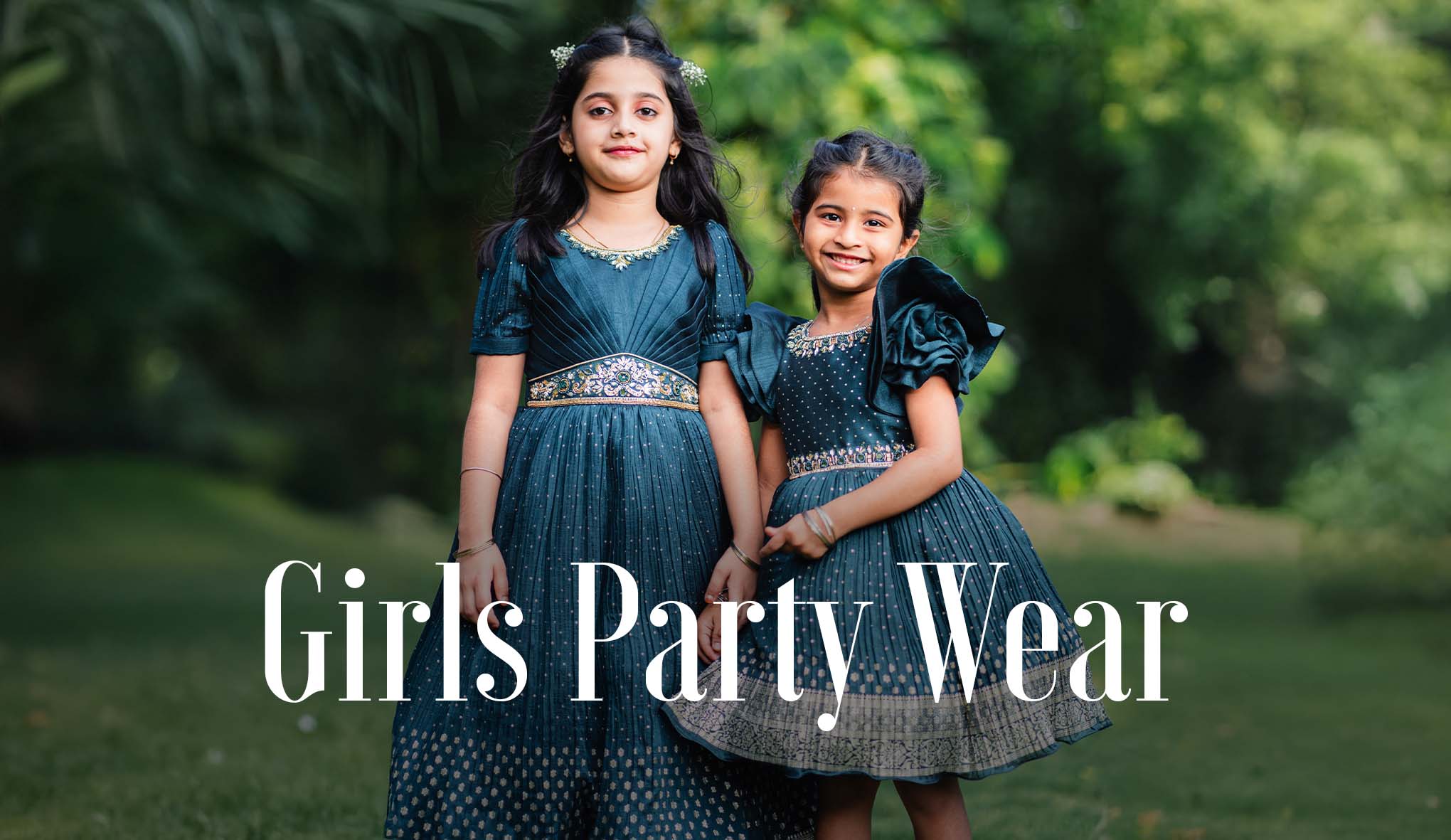
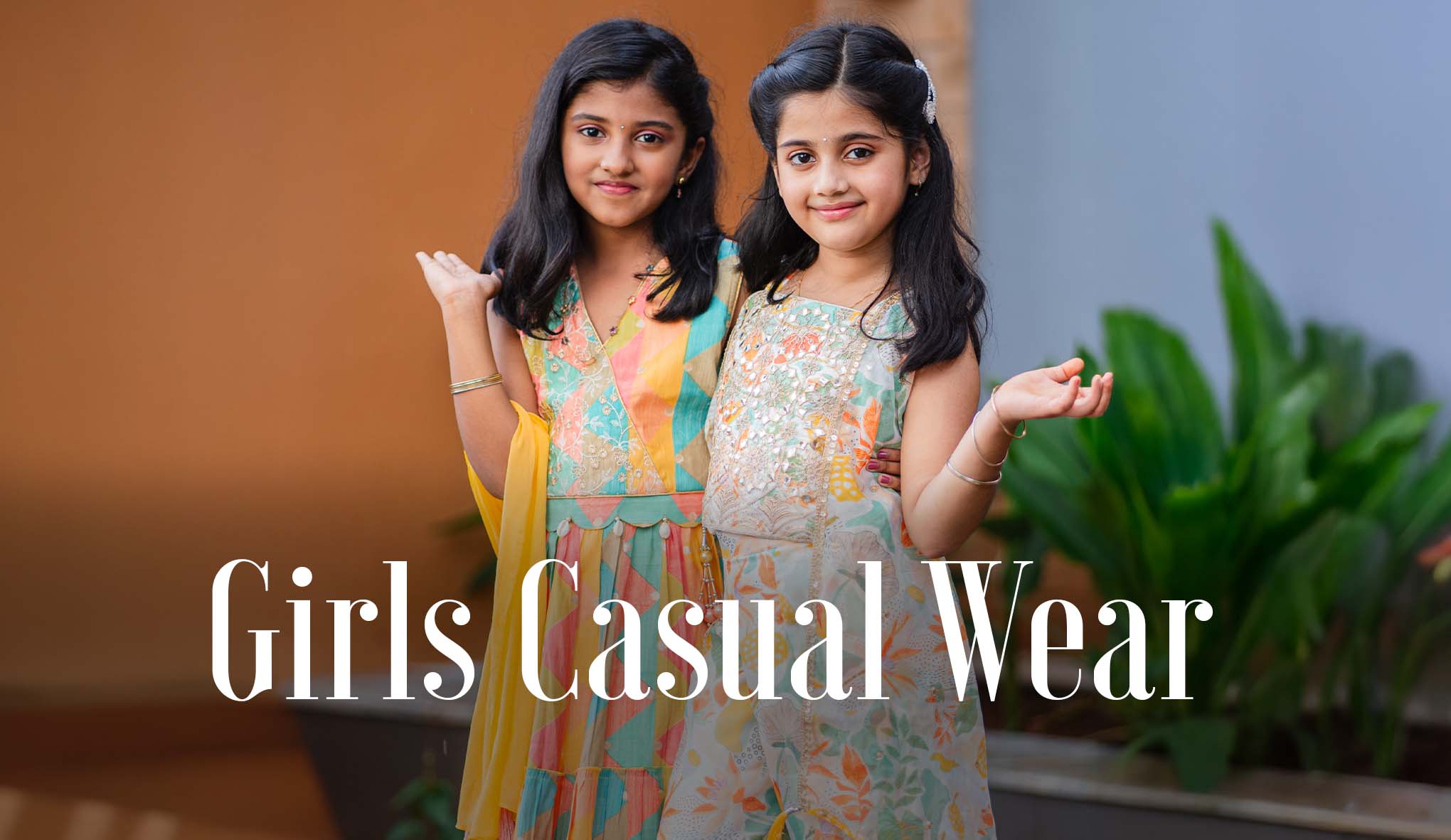
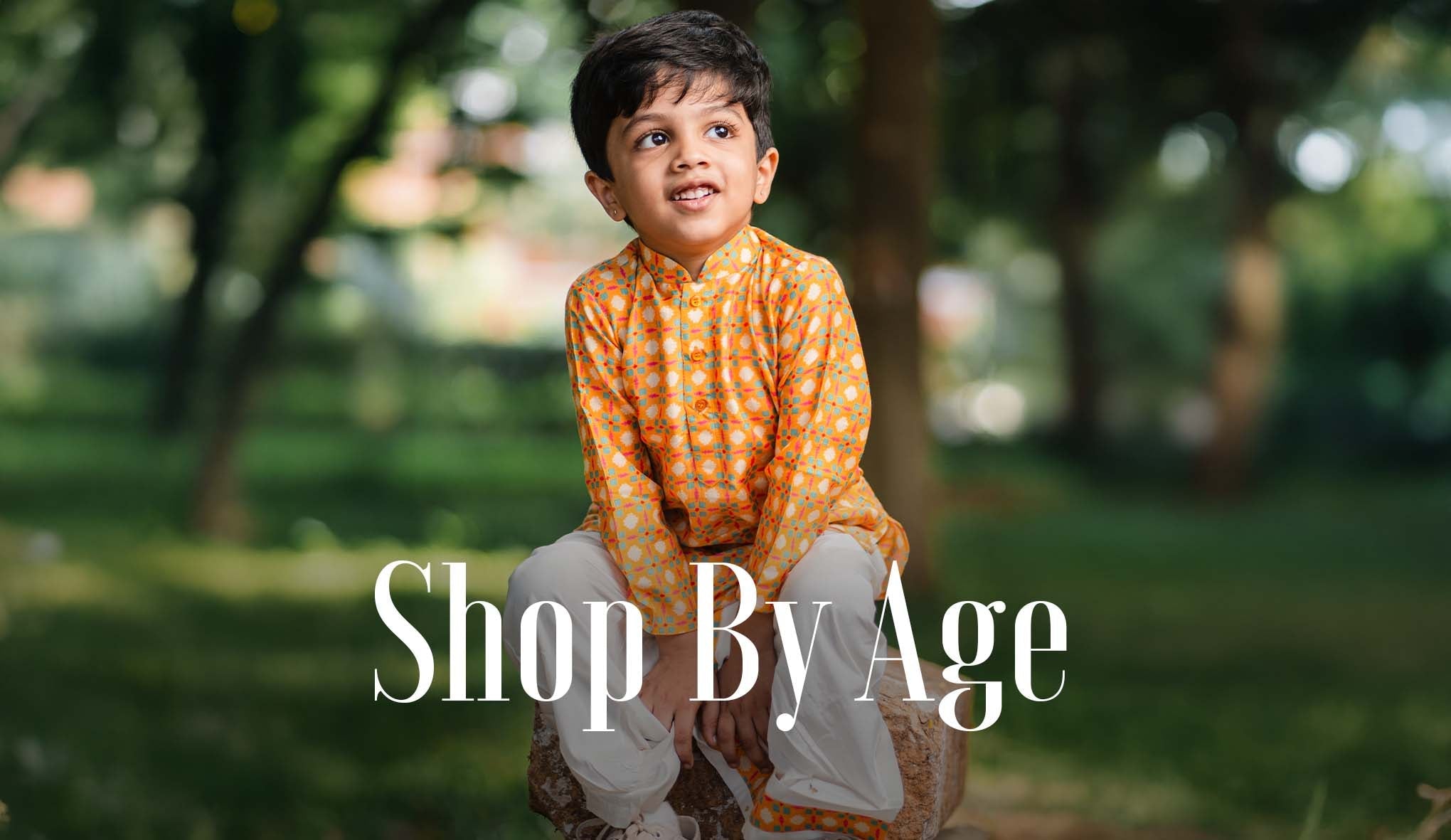
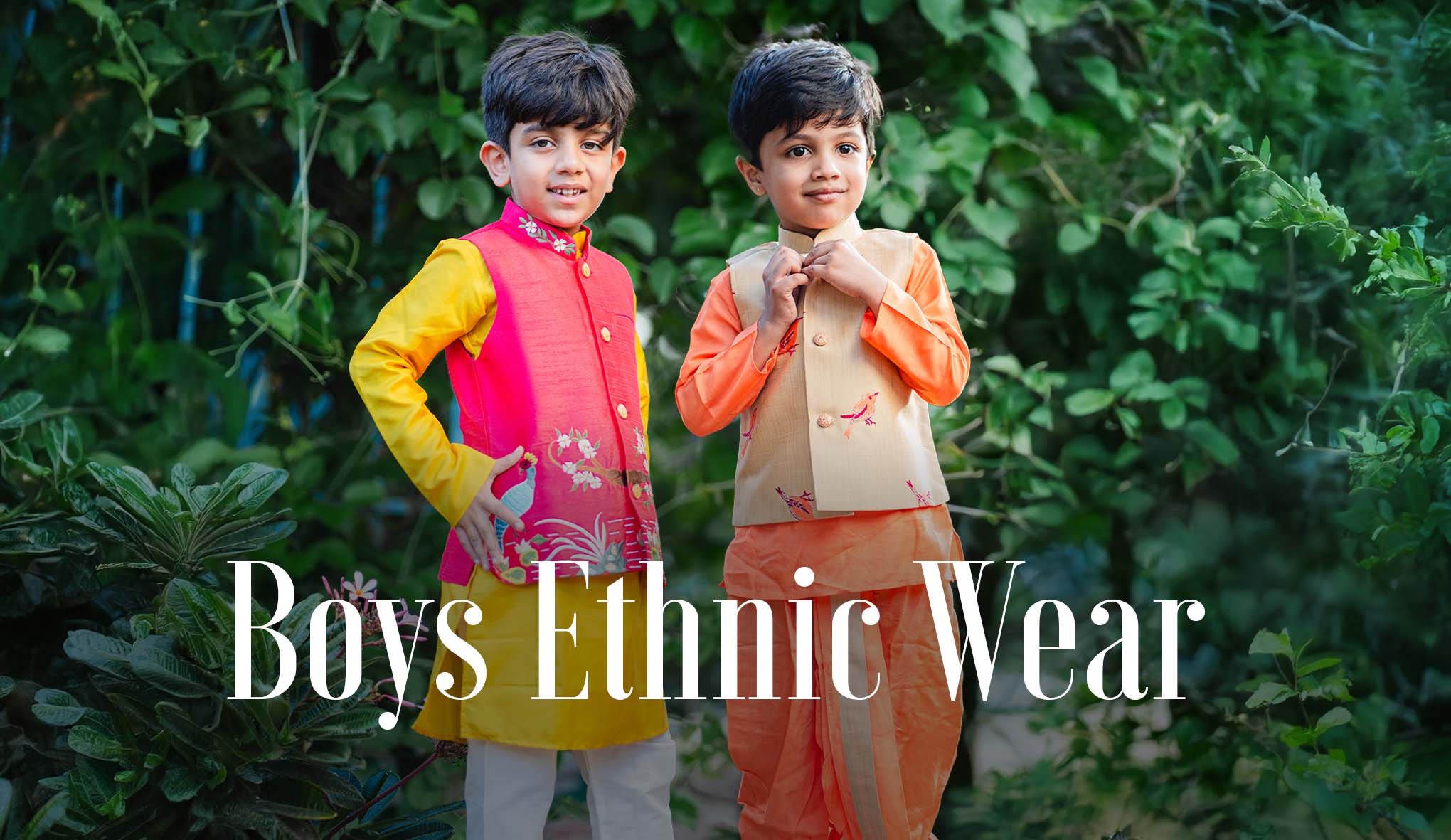
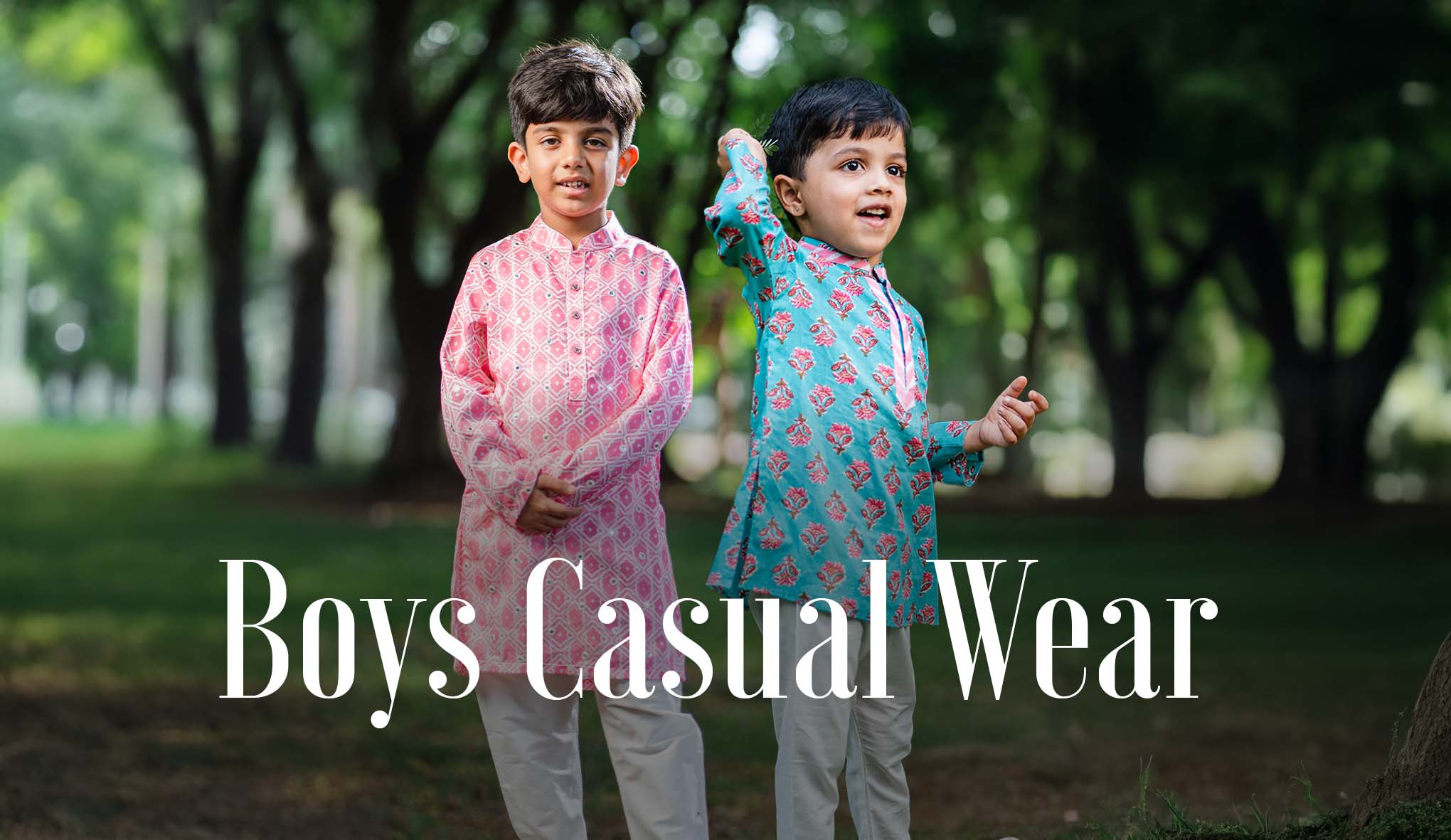

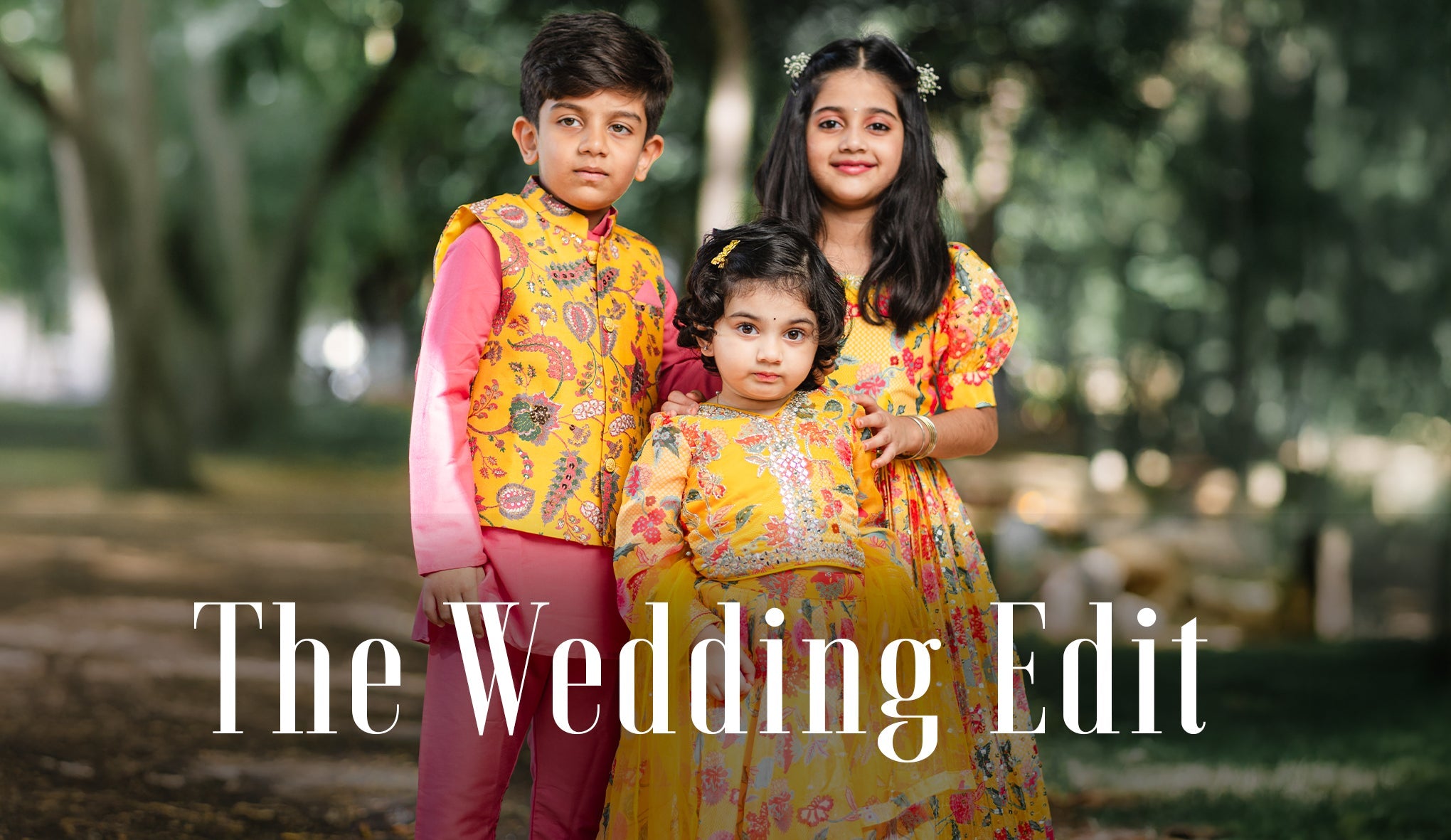
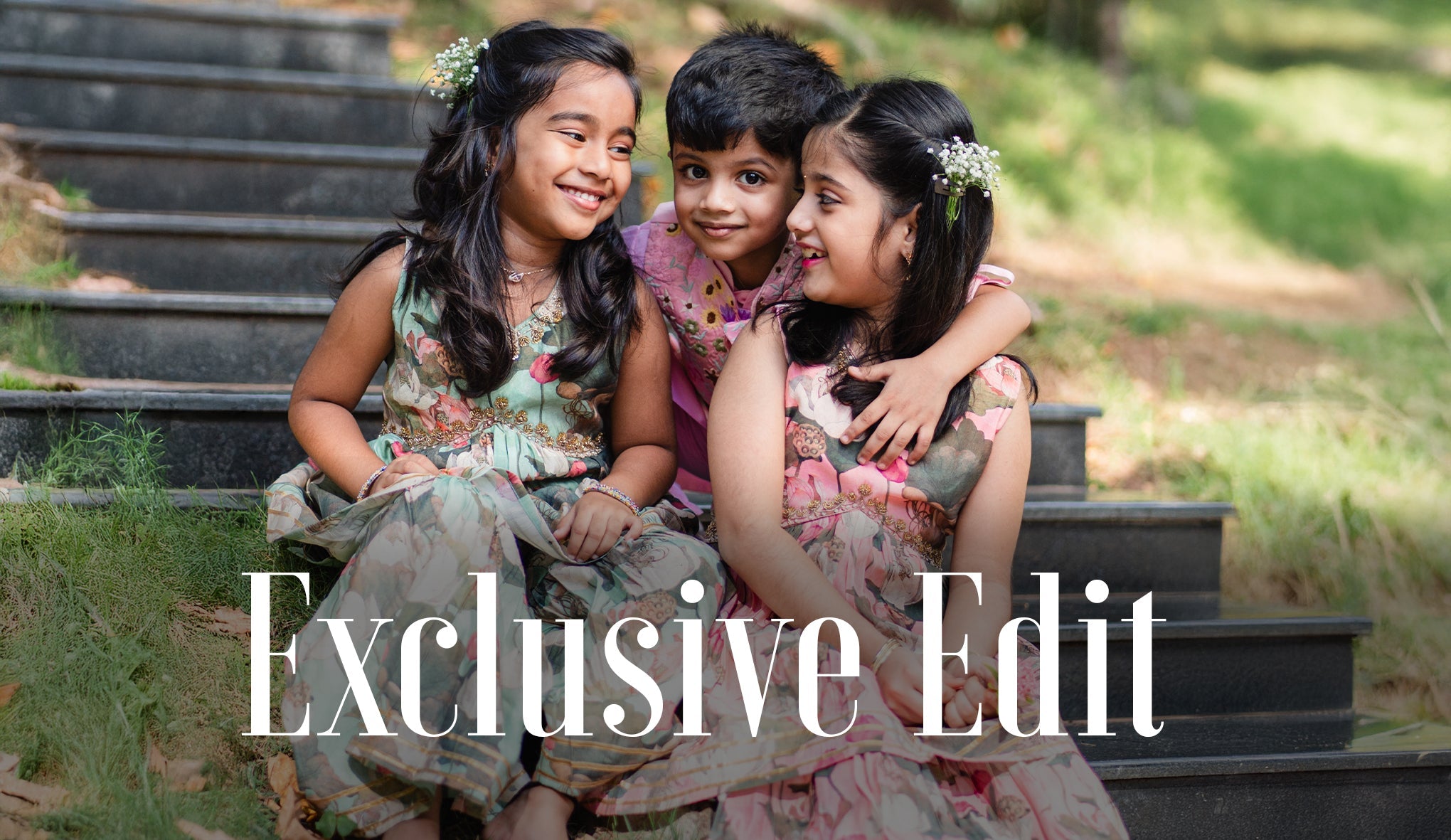
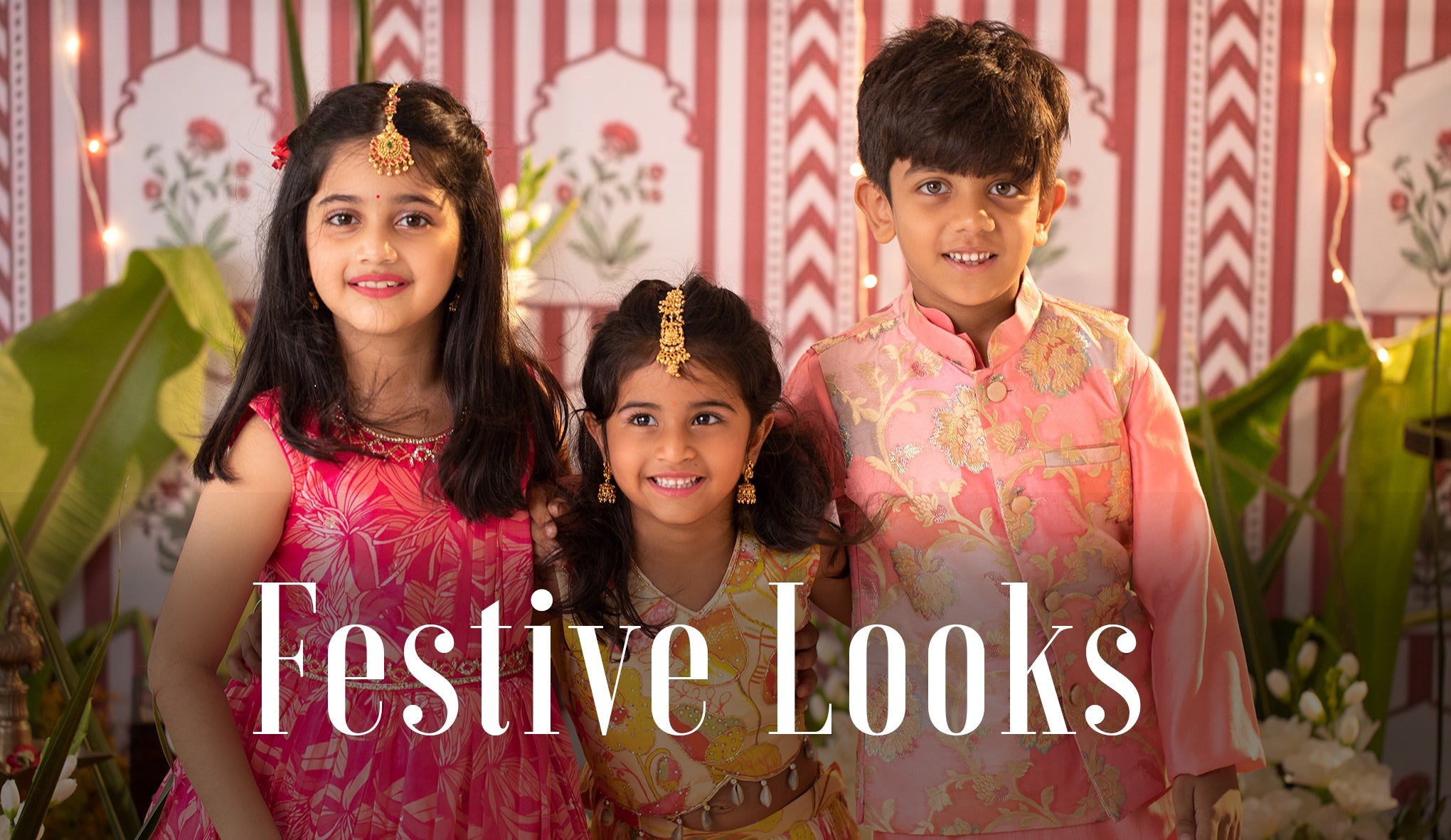
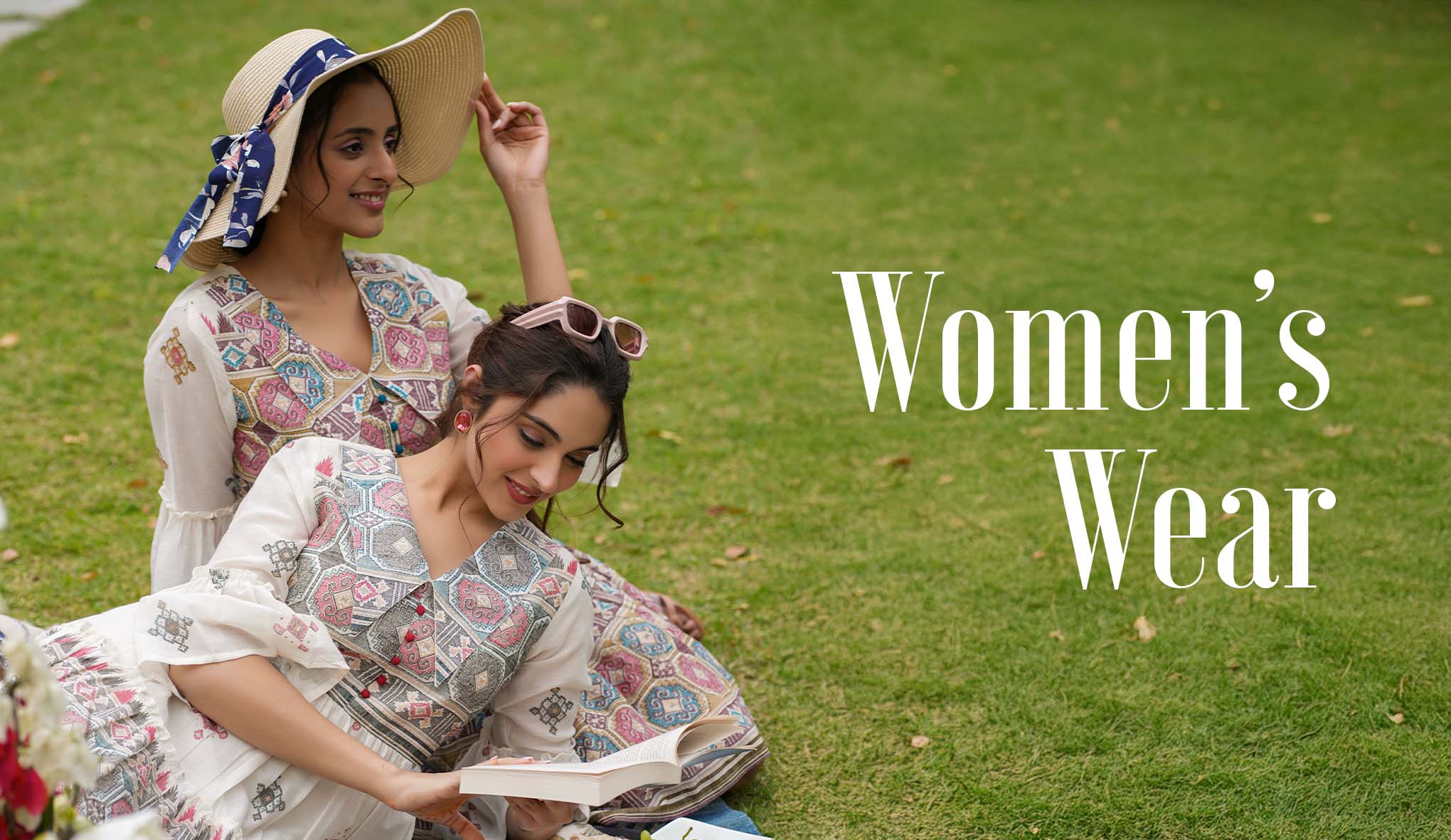
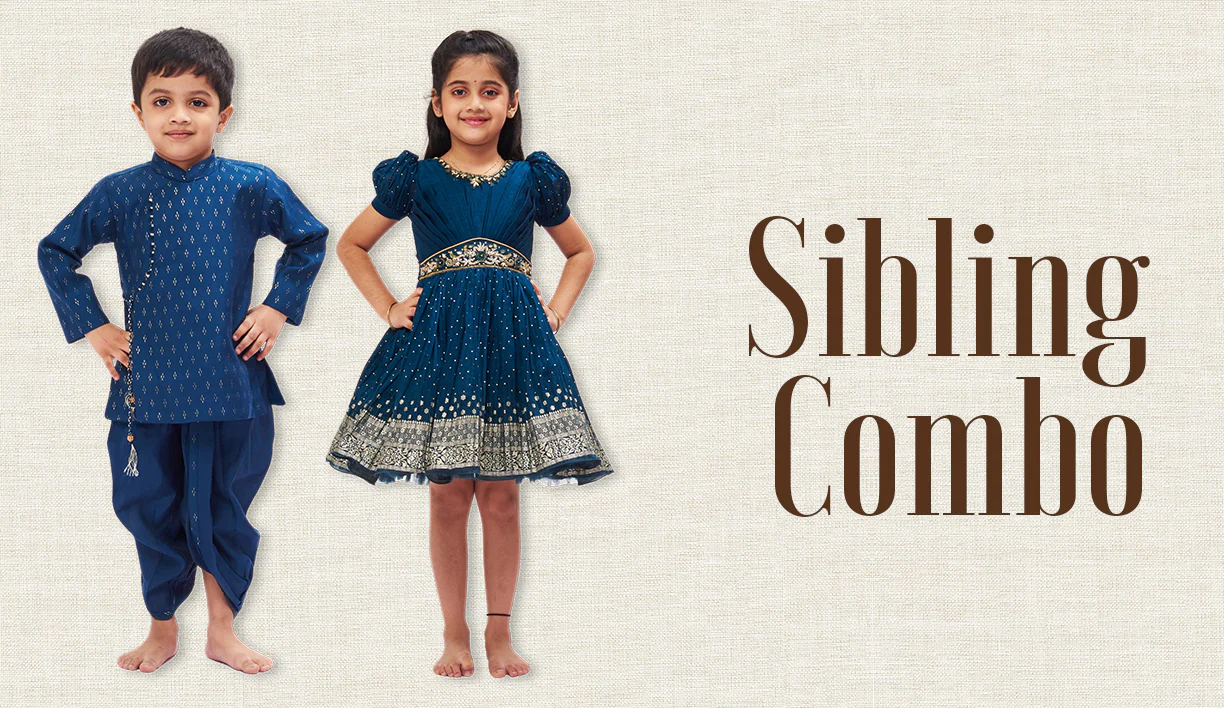
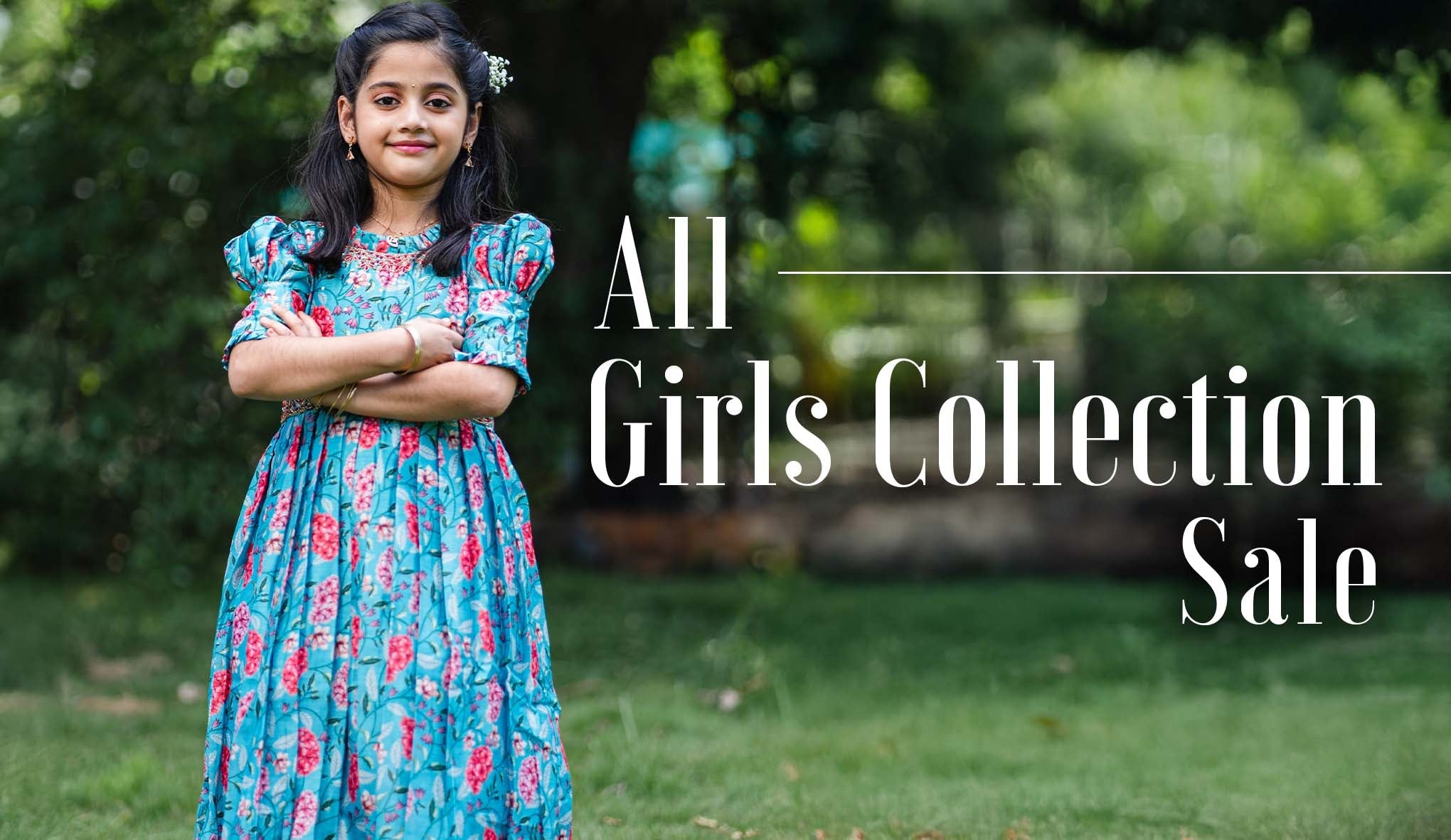

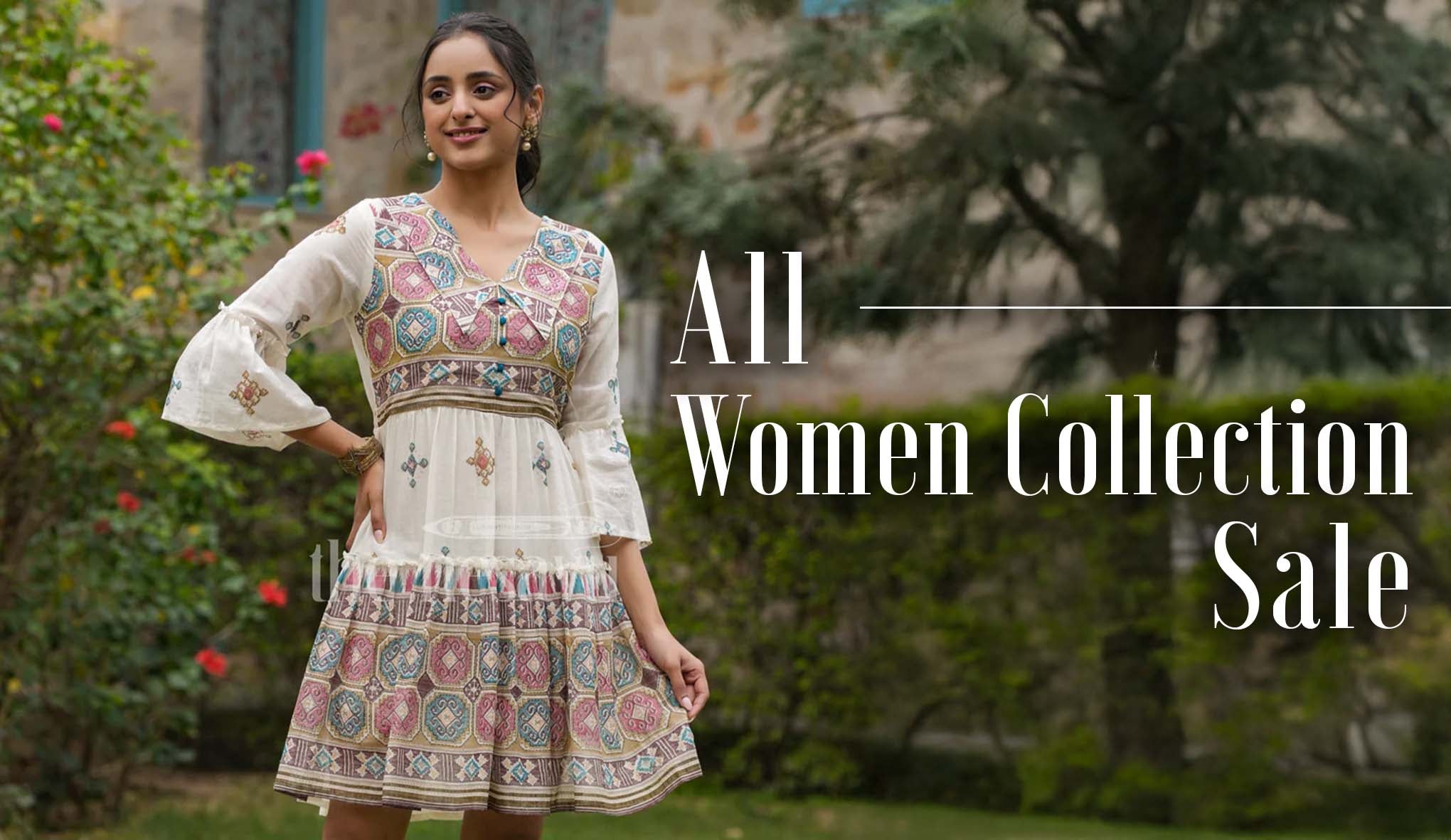
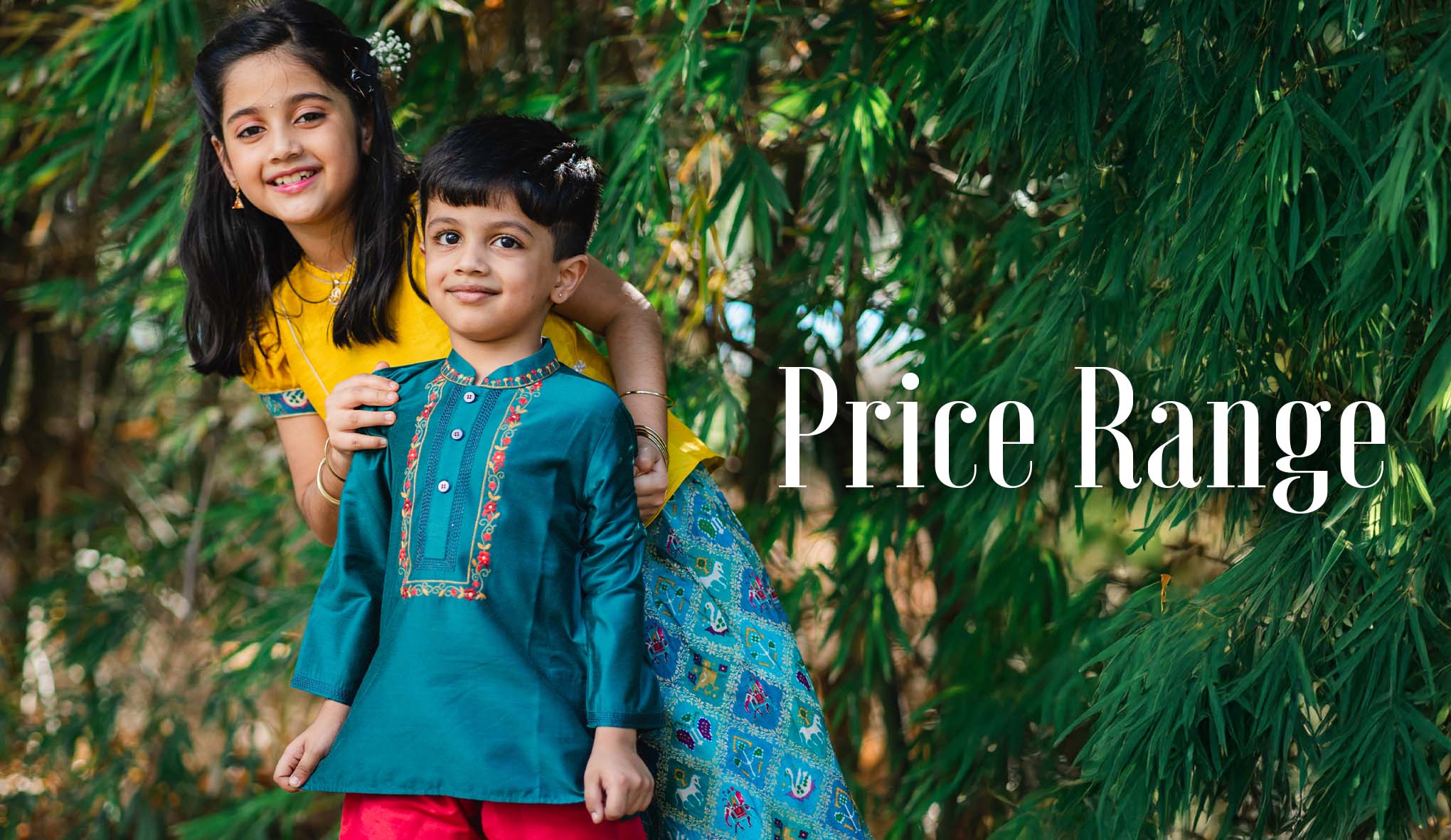
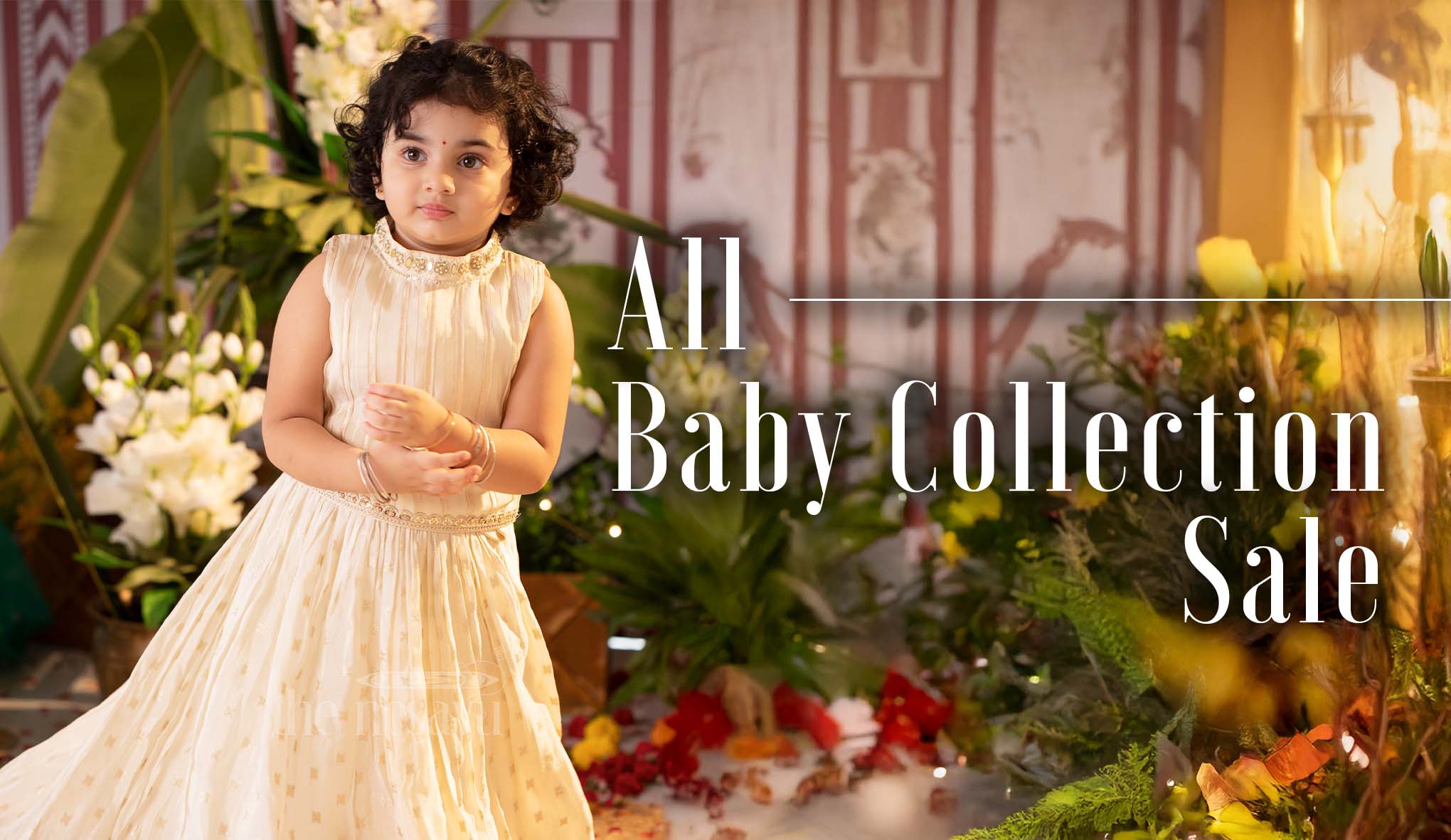



Leave a comment